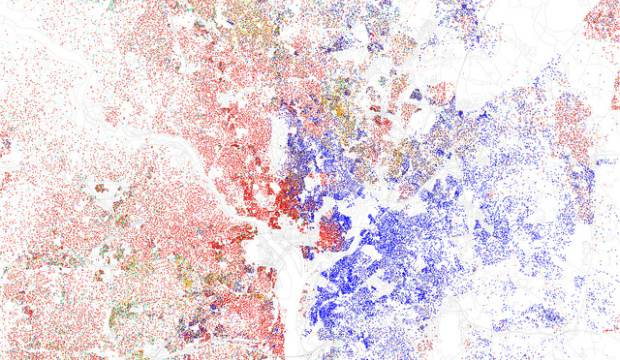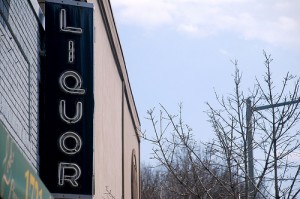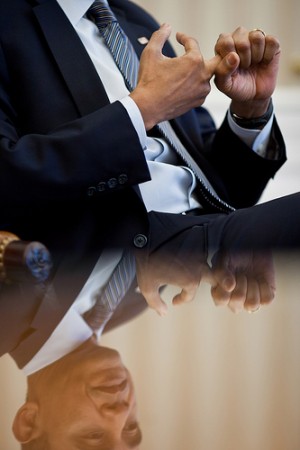Good morning DCentric readers! Have your heavy coats again today? Angry about that? Us too, but nevermind that. Here’s what we’re reading on this cold day:
Henderson asks inspector general to investigate test erasures If you haven’t read the USA Today investigative piece that started all this, do it. Now. Acting Schools Chancellor Kaya Henderson is now calling for a new investigation, but also released reports from a testing security firm Caveon Test Security , which the District hired in 2009 to look into high erasure marks. “While Henderson said she had complete confidence in Caveon, she said she referred the matter to Inspector General Charles J. Willoughby to eliminate doubts about test security and affirm the integrity of the teachers involved. ‘These poor teachers are now tainted,’ Henderson said. ‘They were cleared by an investigation. I feel like I owe it to them to remove the taint.’” (The Washington Post)
“Like trying to remember a dream three days later” If you were wondering how or why Emily Hershenson went missing, read this piece for some clues. If you recall, there was an early, massive campaign to find Hershenson, led by her husband, Tom. “The couple is slowly getting back to their routine. ‘We’re working on becoming as boring as we were,’ says Tom Hershenson. Hershenson is a little embarrassed about all the attention she got, and is eager to go back to work but will spend a little more time recuperating, he says.” (Washington City Paper)
Census Frenzy: Ward 2 population up 16%, Ward 1 up 4% We’re still geeking out over the latest U.S. Census Bureau data. Check out this piece which examines some statistics down to the Census tract level in a few neighborhoods. There was 33 percent jump in population in the heart of Logan Circle. “It’s easy to figure out how this happened: the new rental and condo buildings on the 1400 blocks of P and Church Streets NW, plus additional units on the west side of 14th Street and on the 1400 block of Rhode Island Avenue.” (Boderstan)







